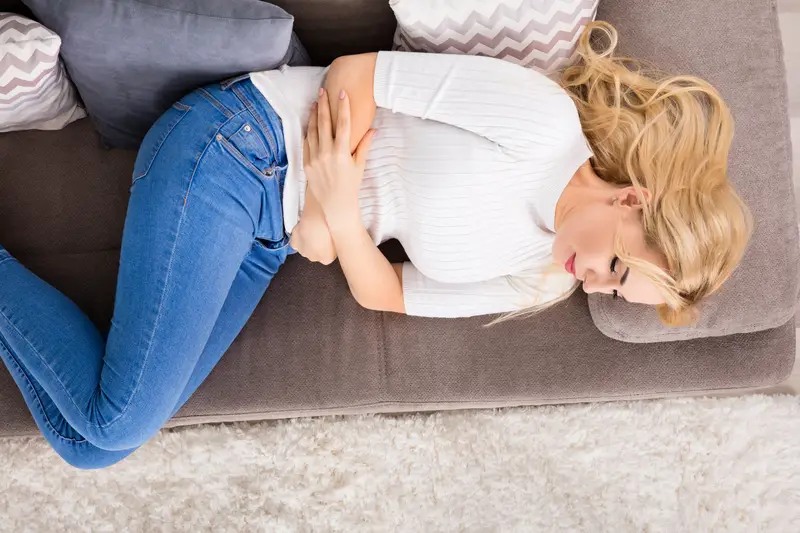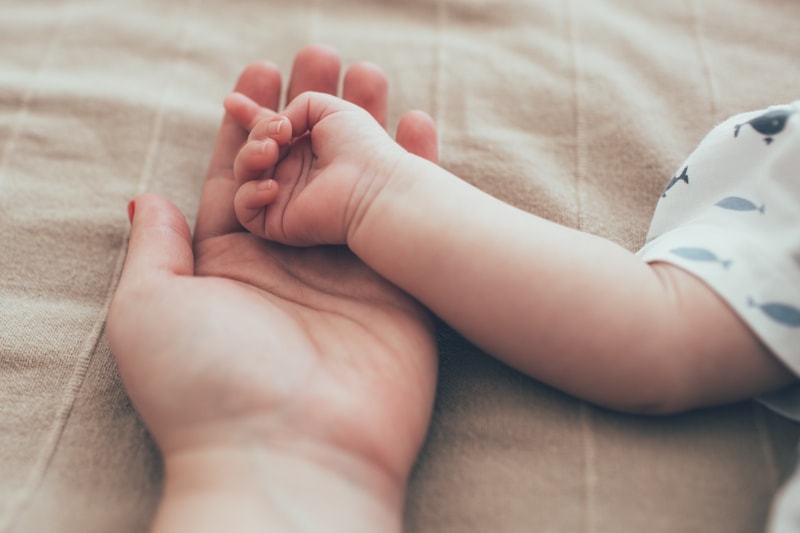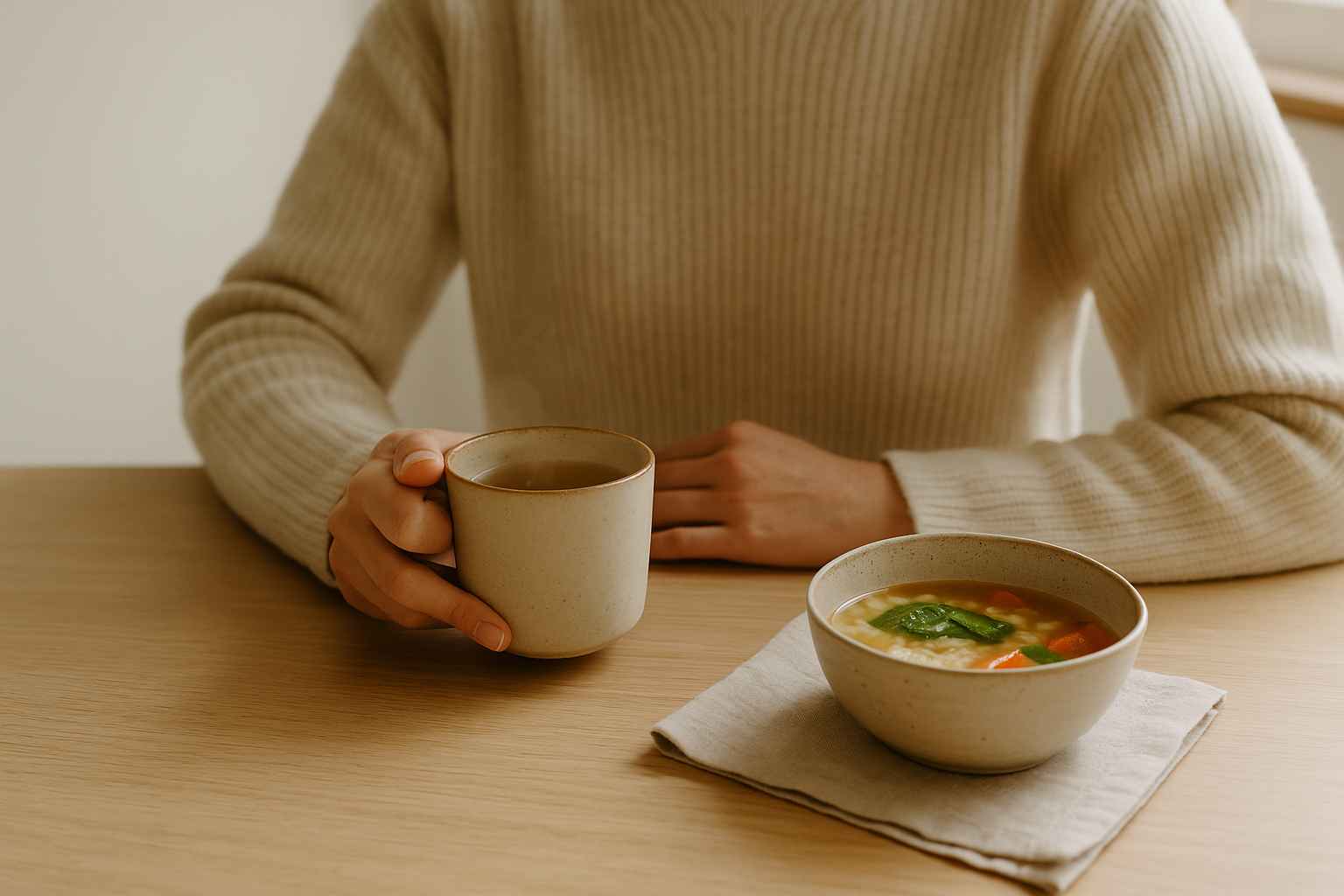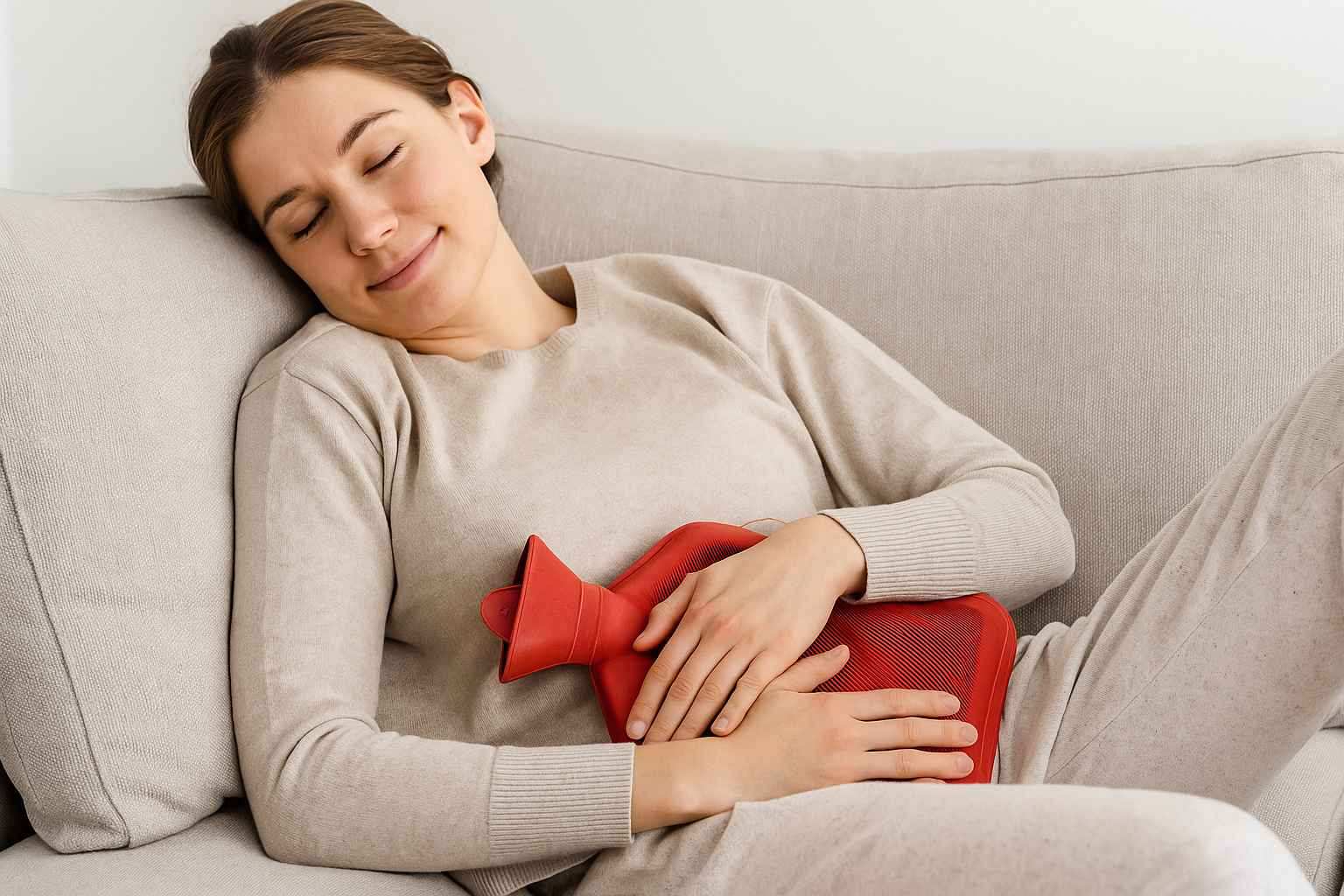Scalp gua sha massage is a powerful Traditional Chinese Medicine (TCM) technique that offers a range of benefits, from improving blood circulation to promoting hair growth and reducing tension. By using a smooth tool to gently scrape the scalp, you can enhance your hair and scalp health naturally. If you’re looking to take your scalp gua sha routine to the next level, these insider tips will help you get the most out of each session. For beginners, it’s always helpful to start by learning the basics of gua sha to understand how it works before focusing on the scalp.
1. Choose the Right Tool for Your Scalp
When performing gua sha on your scalp, the tool you use can make a significant difference. Unlike gua sha tools designed for the face or body, the scalp requires a lighter and more specialized tool to avoid discomfort. Here are some recommendations:
- Jade or Rose Quartz Tools: These stones are smooth, gentle, and have cooling properties that feel soothing on the scalp.
- Rounded Edges: Choose a tool with rounded, flat edges rather than sharp or pointed ones to prevent injury.
- Combs: Some gua sha tools are shaped like combs, making them perfect for distributing pressure evenly across the scalp.
Using the right tool ensures that the massage is effective without being too harsh on the sensitive scalp skin.
According to Ms. Mai Sogawa, senior TCM therapist, “A comb is easier to use as it doesn’t pull on the hair. However, since the surface area that touches the scalp is smaller, you’ll need to go over the same area multiple times. If you prioritize comfort and ease of use, a comb is ideal. If you want to cover more area in one go without much effort, a traditional gua sha tool might be better.”
2. Prep Your Scalp with the Right Oils
To maximize the benefits of your scalp gua sha massage, it’s important to prep your scalp properly. Applying oil not only helps the gua sha tool glide smoothly but also nourishes your hair and scalp at the same time.
- Choose Natural Oils: Look for oils that promote hair growth and moisturize the scalp. Popular choices include argan oil, jojoba oil, or rosemary oil, which is known for stimulating hair follicles.
- Warm the Oil: Warm the oil slightly before application to enhance absorption and relax your scalp muscles.
- Massage Oil Into the Scalp: Use your fingertips to gently massage the oil into your scalp before starting the gua sha massage. This helps loosen any tension and prepares your scalp for the treatment.
By using oils, you create a friction-free environment, allowing the gua sha tool to move smoothly, while simultaneously nourishing your hair follicles.
3. Focus on Pressure Points for Maximum Relaxation
To fully experience the benefits of scalp gua sha massage, it’s important to focus on the right areas. While the entire scalp benefits from gua sha, there are certain pressure points that provide additional relaxation and stimulate blood flow.
- Top of the Head: The crown is where many tension headaches stem from. Gently massaging this area with your gua sha tool helps release stress.
- Temples: The temples are another tension point, especially after a long day. Use the tool to gently glide over the temples in a circular motion to reduce headaches and eye strain.

- Back of the Neck: Don’t forget the base of the scalp where it meets the neck. This area often holds tension, and massaging it with your gua sha tool can improve circulation and reduce stiffness.

Focusing on these pressure points not only enhances relaxation but also encourages blood flow to areas that may need it most.
4. Use Consistent, Gentle Strokes
One of the key techniques in gua sha, especially on sensitive areas like the scalp, is to use gentle, consistent strokes. Too much pressure can cause discomfort or irritation, while too little pressure might not yield the desired benefits.
- Start Slow: Begin with light strokes, especially if you’re new to scalp gua sha. Over time, you can gradually increase the intensity based on your comfort level.
- Glide in One Direction: It’s important to scrape in a single, consistent direction rather than back and forth. This ensures better circulation and minimizes the risk of damaging your hair.
- Stroke from Hairline to Nape: For best results, start at the hairline and work your way towards the nape of your neck in smooth, even motions.
By using the right pressure and strokes, you’ll maximize the benefits of your massage without causing irritation or damage to your scalp.
Ms. Mai Sogawa, senior TCM therapist, advises, “The scalp can tolerate more frequent treatments compared to other areas. It is recommended to perform gua sha after a bath when blood circulation is improved. However, avoid performing it when you’re unwell or after sunburn.”
5. Make Scalp Gua Sha a Regular Part of Your Routine
Like most TCM techniques, consistency is key when it comes to scalp gua sha. You won’t see immediate results after just one session, but with regular practice, the benefits will become more noticeable over time.
- Daily or Weekly Practice: For optimal results, aim to perform scalp gua sha at least two to three times per week. However, if you’re looking to target hair growth or tension relief, daily massages can be even more effective.
- Combine with Other Hair Care Practices: Incorporating scalp gua sha into a comprehensive hair care routine will amplify the results. Combine gua sha with regular scalp exfoliation and natural hair treatments for fuller, healthier hair.
- Track Your Progress: Pay attention to how your hair and scalp respond over time. You may notice reduced scalp tension, improved hair growth, or thicker strands after a few weeks of consistent practice.
By integrating scalp gua sha into your routine, you’ll enjoy long-term benefits for both your hair and overall scalp health. “`
This format includes both blockquotes naturally, giving expert insights from Ms. Mai Sogawa that enhance the article’s practical advice.z

Try our Anti-Aging Gua Sha Tool designed to bring out your skin’s natural glow.
Best Gua Sha Product- Anti-Aging: The tool is designed to target 11 specific aging signs such as wrinkles and sagging skin. By following the 7-step routine, users can improve skin firmness and reduce fine lines naturally.
- Enhances Skincare Routine: It works effectively with serums and lotions, boosting absorption and efficacy of skincare products.
- Visible Skin Improvement: Users can expect a smoother complexion, reduced puffiness, and a more youthful appearance.
 P. Sze
P. Sze 

















